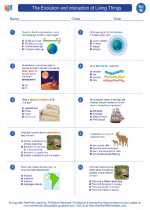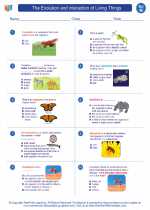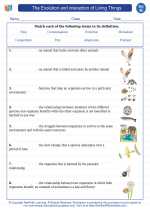Ionic Bonding
Ionic bonding is a type of chemical bonding that involves the transfer of electrons from one atom to another. This usually occurs between a metal and a non-metal. The metal atom loses electrons to form a positively charged ion (cation), while the non-metal gains those electrons to form a negatively charged ion (anion). These ions are then attracted to each other due to their opposite charges, forming an ionic bond.
How Ionic Bonding Works
In an ionic bond, the metal atom gives up one or more electrons to the non-metal atom. This transfer of electrons occurs because the metal has few electrons in its outermost energy level, while the non-metal has space to accept more electrons in its outermost energy level. This transfer results in the formation of ions with opposite charges, which then attract each other and form a bond.
Properties of Ionic Compounds
Ionic compounds tend to have high melting and boiling points due to the strong attraction between the ions. They also conduct electricity when dissolved in water or when melted, but not in their solid state. Additionally, ionic compounds often form crystal lattices, which contributes to their stability and strength.
Study Guide for Ionic Bonding
- Understand the concept of valence electrons and how they determine the reactivity of an atom.
- Learn how to predict the charges of ions formed by different elements based on their position in the periodic table.
- Practice writing the chemical formulas for ionic compounds, including the use of subscripts to balance the charges of the ions.
- Explore the properties of ionic compounds and understand why they exhibit these specific characteristics.
- Study real-life examples of ionic compounds and their uses, such as sodium chloride (table salt) and calcium carbonate (used in chalk, limestone, and marble).
Understanding ionic bonding is crucial in comprehending the behavior of many chemical compounds and the interactions between different elements. It is a fundamental concept in chemistry that has numerous applications in the real world.
[Ionic Bonding] Related Worksheets and Study Guides:
.◂Science Worksheets and Study Guides Eighth Grade. The Evolution and interaction of Living Things

 Worksheet/Answer key
Worksheet/Answer key
 Worksheet/Answer key
Worksheet/Answer key
 Worksheet/Answer key
Worksheet/Answer key
 Vocabulary/Answer key
Vocabulary/Answer key
 Vocabulary/Answer key
Vocabulary/Answer key
